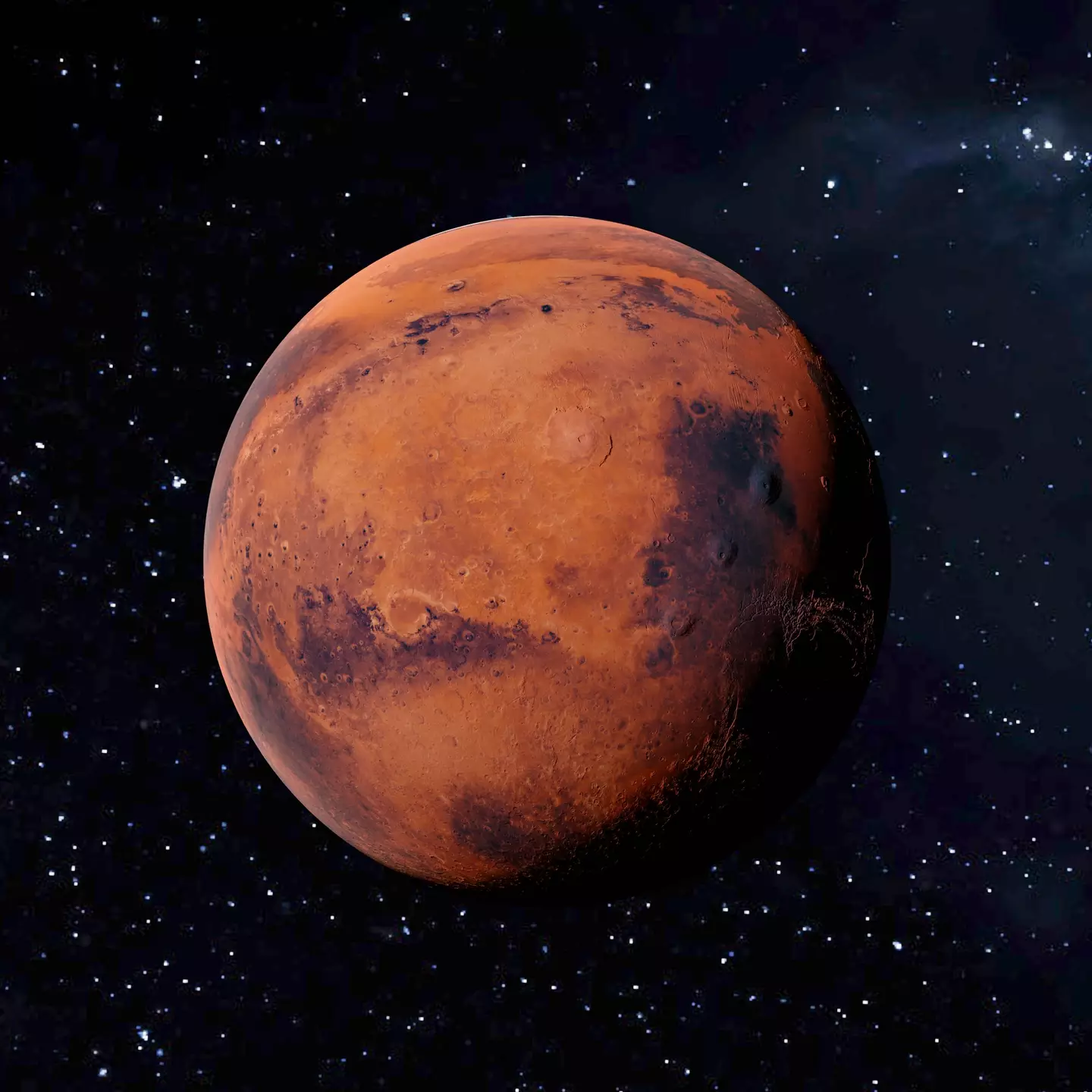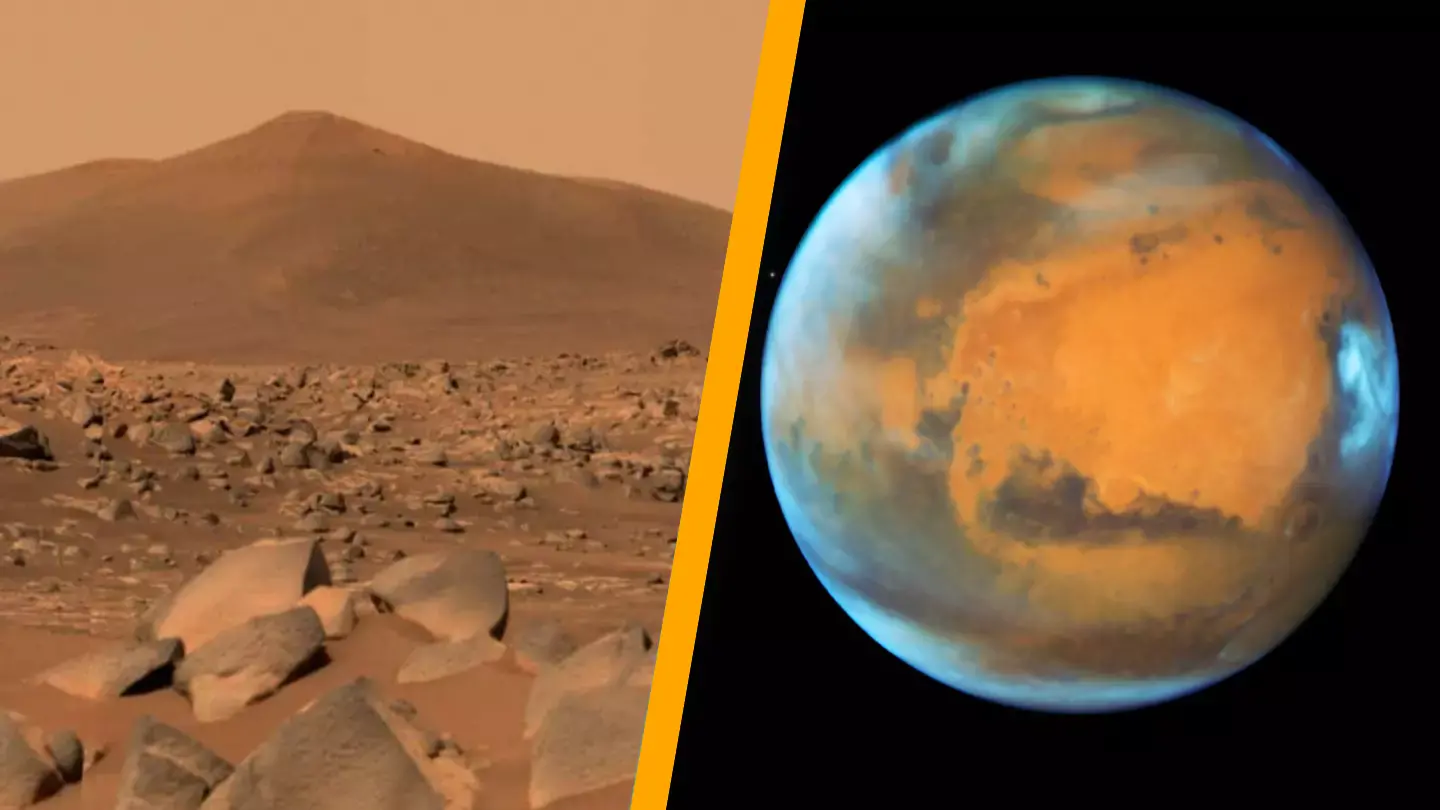The concept of establishing a human presence on Mars has fascinated astronomers for decades, yet its practicality may be more challenging than anticipated.
Having successfully sent robotic missions to the Red Planet, NASA’s subsequent goal is to transport humans to Mars.
The agency has previously stated that Mars is “one of the only other places we know where life may have existed in the solar system.”
This makes the exploration of Mars potentially invaluable for gaining insights into Earth’s past and future.
So, when does NASA aim to send humans to Mars? The agency has indicated that the technology could enable human travel to the planet as soon as the 2030s.

However, the prospect of sustaining a long-term human presence on Mars remains questionable.
Recent research involving institutions such as UCLA, MIT, Moscow’s Skolkovo Institute of Science and Technology, and GFZ Potsdam delved into the challenges of living on Mars.
The research addressed two main questions: the potential danger posed by particle radiation to humans, and whether timing a Mars mission could mitigate radiation exposure for astronauts and their spacecraft.
Scientists employed geophysical models of particle radiation for a solar cycle and assessed how this radiation could impact human travelers and their spacecraft.
The study, published in the Advancing Earth and Science Journal, concluded that sustaining human life on Mars over the long term is currently not feasible.
They discovered that exposure to radiation, including particle radiation from the Sun and cosmic sources, would surpass safe thresholds after a four-year stay on the planet.
While they found that spacecraft should provide adequate protection during the journey to and from Mars, using excessively thick materials could actually increase secondary radiation levels.

The researchers also suggested that departing Earth during peak solar activity could help deflect harmful particles, offering some protection to astronauts.
“We estimate that a potential mission to Mars should not exceed approximately four years,” the researchers revealed.
“This study shows that space radiation imposes strict limitations and presents technological difficulties for the human mission to Mars, such a mission is still viable.”
In conclusion, while human exploration of Mars may be on the horizon, establishing a permanent settlement there presents significant challenges.

